Erosion control is a critical aspect of many construction and landscaping projects, and silt fences play a vital role in managing soil erosion and water runoff. Whether you’re a contractor, landscaper, or environmental enthusiast, understanding the basics of silt fences is essential. But what is a silt fence, and why is it so important? In this comprehensive guide, we’ll dive into the materials used to create silt fences, their applications, and the best practices for maintaining them effectively.
What Is a Silt Fence?
A silt fence is a temporary barrier constructed from geotextile fabric and wooden or metal posts, designed to prevent sediment and debris from leaving a construction site or disturbed area. Its primary purpose is to filter runoff water, trapping soil particles and allowing clean water to pass through.
Silt fences are a crucial component of erosion and sediment control plans (ESCPs) and are often required by local and federal regulations to protect nearby water bodies and ecosystems.
Materials Used in Silt Fences
The effectiveness of a silt fence largely depends on the quality of its materials. Here are the key components:
1. Geotextile Fabric
The fabric is the core material of a silt fence, acting as a filter to capture sediment while allowing water to flow through.
- Woven Geotextile Fabric: Made from polypropylene, this durable material offers high tensile strength and is ideal for areas with heavy sediment loads.
- Non-Woven Geotextile Fabric: Used for finer sediment filtration, this fabric is less robust but offers excellent water permeability.
2. Posts
Posts provide the structural support needed to hold the silt fence upright.
- Wooden Posts: Typically made from hardwood, they are cost-effective and easy to install.
- Metal Posts: Durable and long-lasting, metal posts are ideal for large-scale or long-term projects.
3. Fasteners
Fasteners secure the geotextile fabric to the posts. Common options include:
- Heavy-duty staples
- Zip ties
- Galvanized wire
Uses of Silt Fences
Silt fences are widely used in construction, agriculture, and landscaping projects to manage soil erosion and sediment runoff. Here are some common applications:
1. Construction Sites
- Prevents sediment from leaving the site and contaminating nearby water bodies.
- Protects stormwater drains from clogging due to soil and debris.
2. Landscaping Projects
- Controls erosion in newly graded or disturbed areas.
- Maintains the integrity of slopes during the growth of new vegetation.
3. Agriculture
- Reduces sediment loss from fields during heavy rains.
- Protects waterways and drainage systems from agricultural runoff.
4. Roadwork and Infrastructure Development
- Prevents erosion along roadside ditches and construction zones.
- Minimizes sediment flow into nearby streams or rivers.
How to Install a Silt Fence
Proper installation is critical to ensuring the effectiveness of a silt fence. Follow these steps for a successful setup:
Step 1: Site Preparation
- Identify areas prone to erosion, such as slopes, drainage paths, and disturbed soil.
- Clear the installation area of debris and vegetation.
Step 2: Trench Digging
- Dig a trench at least 6 inches deep and 6 inches wide along the designated area.
- This trench anchors the fabric and prevents water from seeping underneath the fence.
Step 3: Post Installation
- Space posts 6 to 10 feet apart, depending on site conditions and fabric type.
- Ensure posts are securely driven into the ground, at least 1.5 feet deep.
Step 4: Attach the Fabric
- Unroll the geotextile fabric and attach it to the posts using staples, zip ties, or galvanized wire.
- Allow at least 6 inches of fabric to be buried in the trench for anchoring.
Step 5: Backfill the Trench
- Fill the trench with soil to cover the buried portion of the fabric, compacting it firmly to secure the fence.
Maintenance Tips for Silt Fences
To maintain their effectiveness, silt fences require regular inspection and upkeep. Here are some key maintenance tips:
1. Inspect Regularly
- Check the fence after heavy rainfall or strong winds for signs of damage or displacement.
- Look for fabric tears, sagging, or sediment buildup.
2. Repair Promptly
- Fix any tears in the fabric using patches or by replacing the damaged section.
- Reinforce leaning or unstable posts to maintain structural integrity.
3. Remove Sediment Build-Up
- When sediment accumulation reaches one-third of the fence’s height, remove it to maintain water flow and prevent collapse.
4. Monitor Water Flow
- Ensure water is flowing through the fabric, not around or under the fence. Address any signs of undercutting or pooling immediately.
5. Replace When Necessary
- Replace the geotextile fabric if it shows significant wear or loss of filtration capacity.
- For long-term projects, consider upgrading to more durable materials.
Benefits of Using Silt Fences
Silt fences offer numerous advantages for erosion control and environmental protection:
- Erosion Prevention: Reduces soil loss from disturbed areas.
- Water Quality Protection: Traps sediment and prevents it from polluting nearby water bodies.
- Cost-Effective: Affordable and easy to install compared to alternative erosion control methods.
- Regulatory Compliance: Helps meet local and federal environmental regulations for construction and land development projects.
Limitations of Silt Fences
While silt fences are effective, they are not without limitations:
- Temporary Solution: Silt fences are designed for short-term use and must be replaced or removed after the project is complete.
- Maintenance-Intensive: Regular upkeep is required to ensure they function properly.
- Limited Capacity: Not suitable for areas with high water flow or steep slopes without additional support measures.
Alternatives and Complementary Measures
In situations where silt fences may not suffice, consider using additional or alternative erosion control methods:
- Erosion Control Blankets: Ideal for steep slopes and high-flow areas.
- Check Dams: Small barriers placed in drainage paths to slow water flow.
- Sediment Basins: Temporary ponds designed to capture sediment-laden runoff.
Final Thoughts
Understanding what is a silt fence, its materials, uses, and maintenance requirements is essential for effective erosion control. These versatile barriers play a crucial role in protecting the environment, preserving soil integrity, and ensuring compliance with regulations.
By selecting high-quality materials, installing silt fences correctly, and maintaining them regularly, you can maximize their effectiveness and extend their lifespan. Whether you’re managing a construction site, landscaping project, or agricultural field, silt fences are an invaluable tool for sustainable land management.
With proper care and strategic use, silt fences help keep our waterways clean, our landscapes intact, and our projects environmentally responsible.

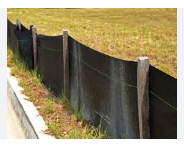



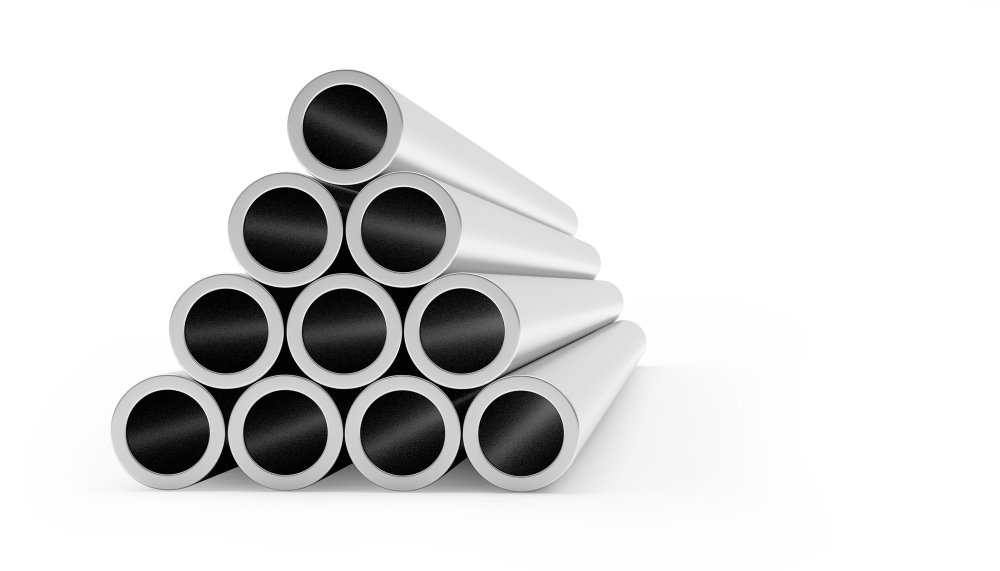
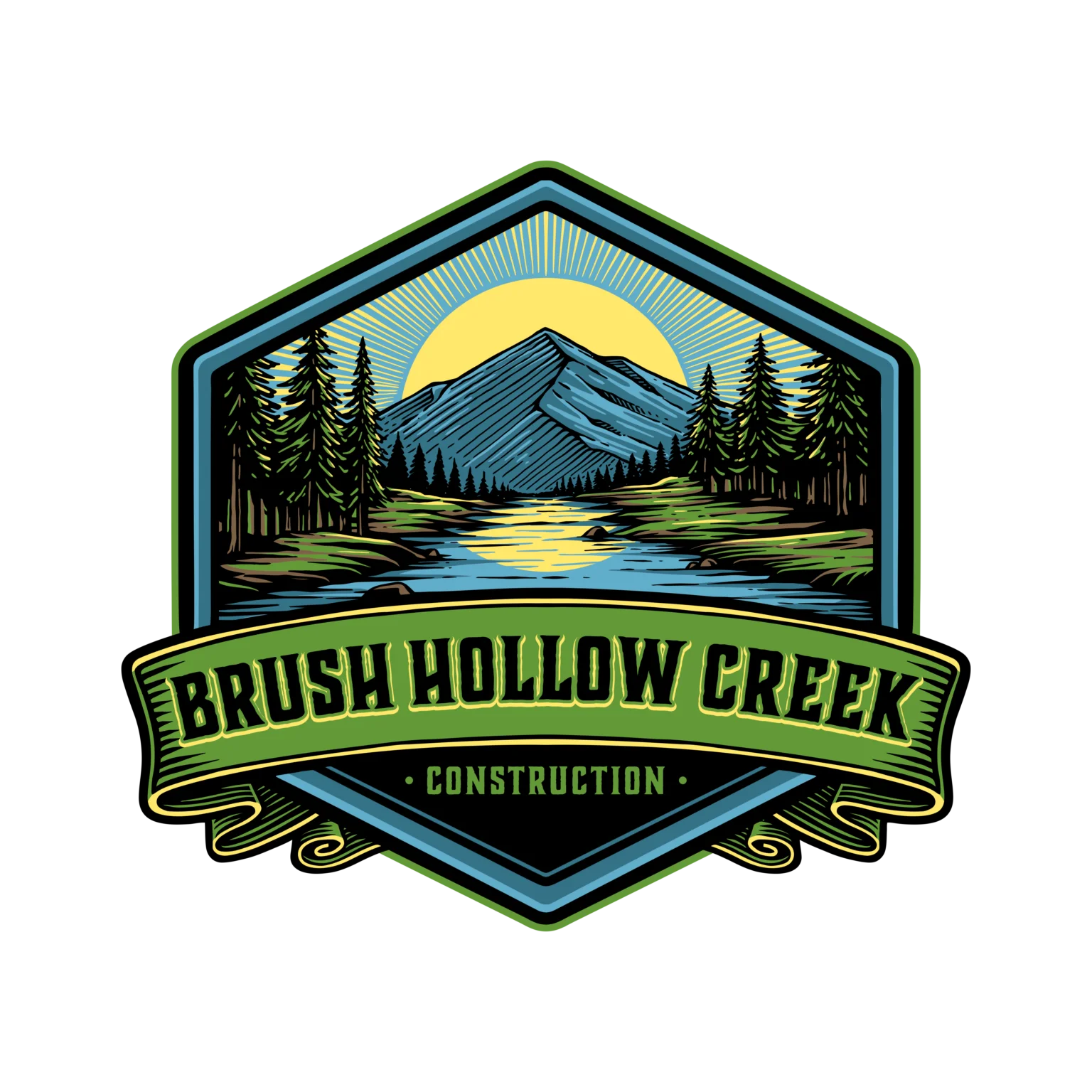
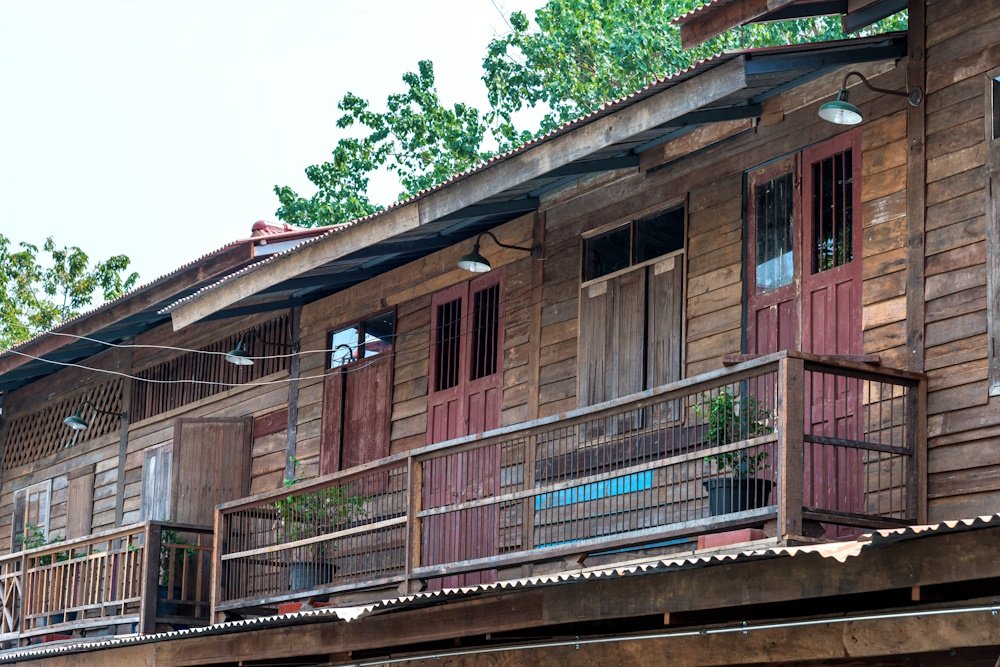



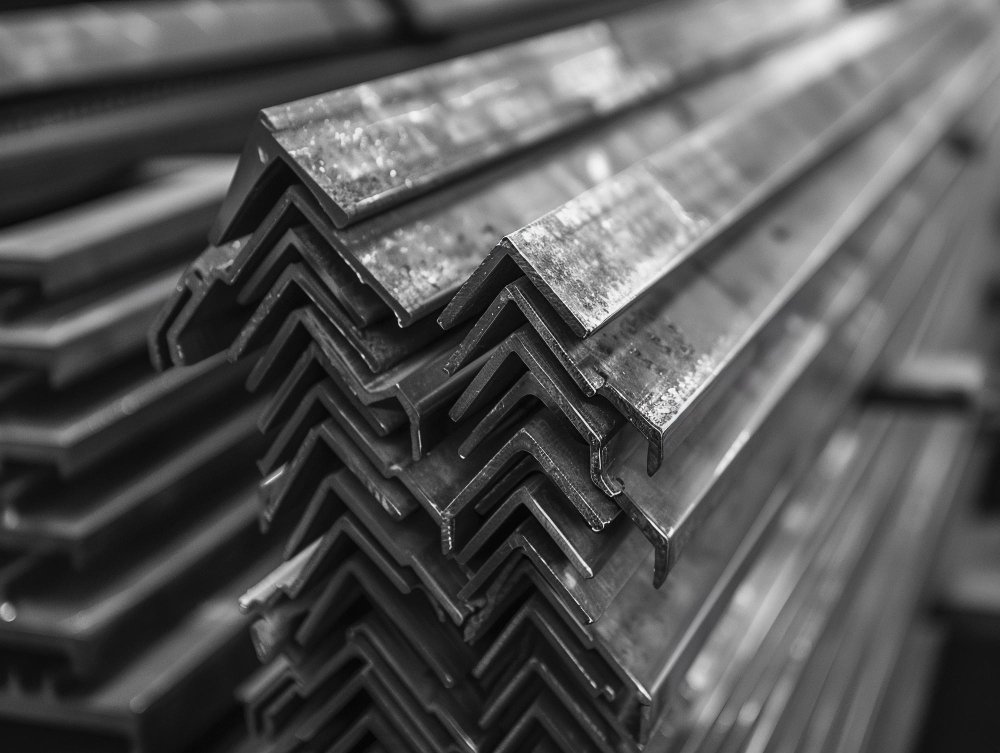




Leave a Reply